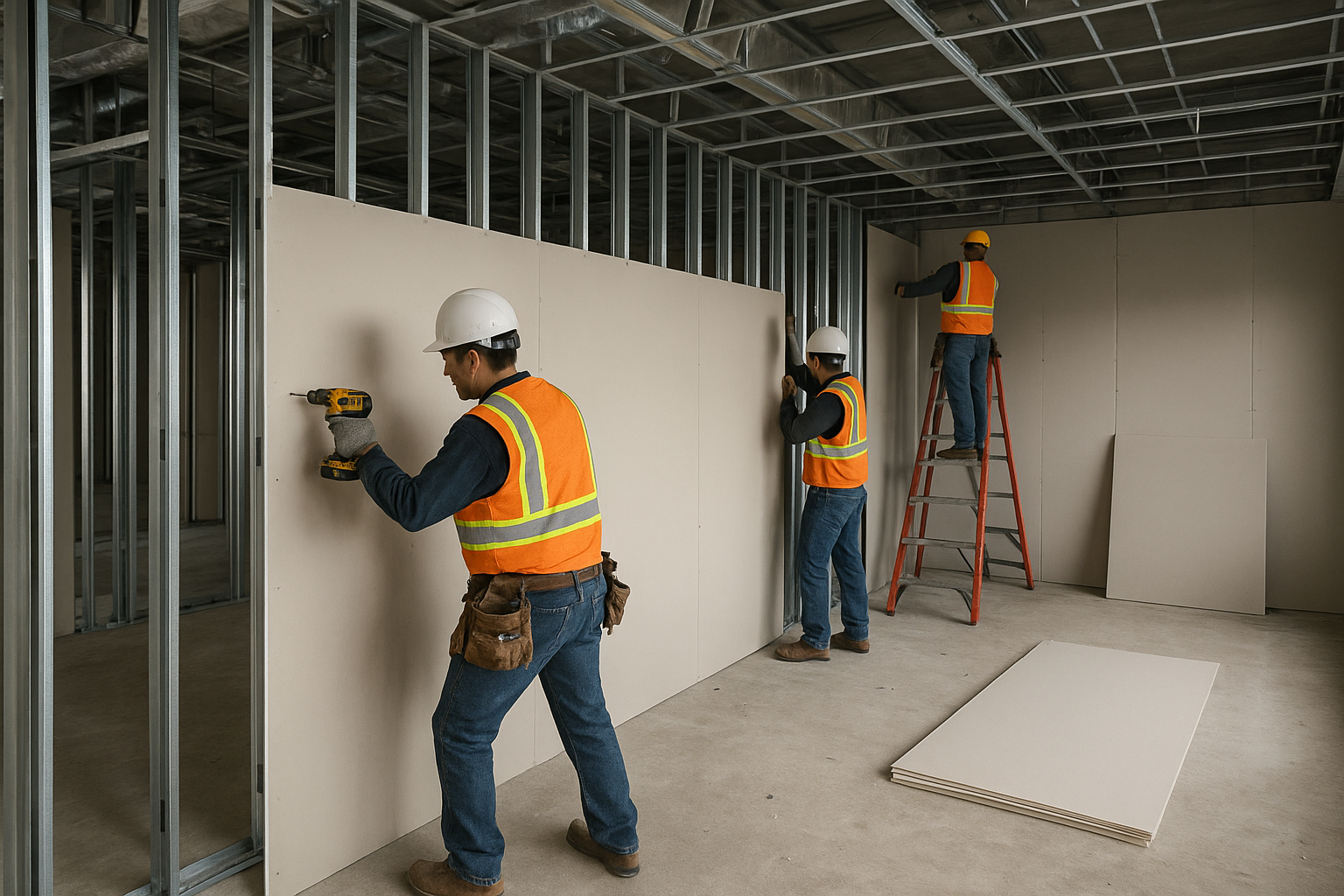
Joint compound, while seemingly straightforward, can be one of the most frequently overestimated materials in drywall projects. For architects, engineers, and general contractors, understanding how much is truly needed—and why estimators often get it wrong—is key to tighter budgets, better bids, and more predictable project outcomes. When joint compound quantities are inflated, it leads to bloated material costs, distorted labor estimates, and wasted resources on site.
There are several reasons joint compound overestimation is so prevalent in drywall estimating:
Instead of applying a global yield rate (e.g., X lbs per 1000 SF), build compound usage into your drywall estimating assemblies. Include compound quantities per linear foot of joint or per board edge to match actual install patterns.
Review past projects with similar specs. Many teams over-order due to lack of feedback loops. Platforms like Active Estimating allow for benchmarking material yield based on actuals, not guesses.
Wall and ceiling complexity influence joint counts. Non-standard framing grids or architectural features like niches and curves drive compound usage beyond default values.
Inaccurate joint compound quantities can skew the entire estimate:
Instead of estimating in silos, drywall estimators should rely on tools that create full transparency around material usage. With data-driven systems, compound quantities can be mapped to assemblies, visually validated, and tied back to production-based yield rates. This increases estimating speed, accuracy, and trust in every bid.
Estimating joint compound isn’t just about math—it’s about method. When teams move beyond flat rates and into evidence-based estimating, they position themselves to win more work and execute with greater confidence. Take a moment to audit your recent drywall estimates. If your compound numbers feel inflated, you’re likely not alone—and now, you know how to fix it.
Contact Information:
Active Estimating
508 2nd Street, Suite 208
Davis
California
95616
Rich Schoener
richard@activeestimating.com
(877)
Schedule a personalized demo to see how Active Estimating can work for your specific needs.
